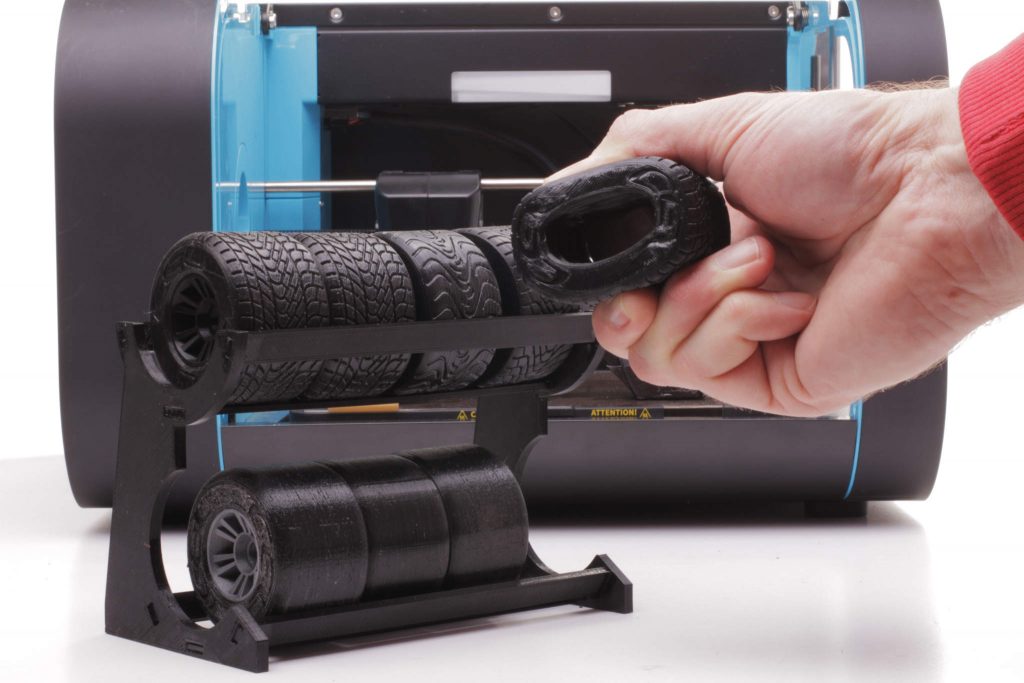Christopher Elsworthy, MD and Chief Design Engineer CEL Robox team looks at the future of 3D printing. In this article for our thought leadership series he covers trends in 3D printing, the use of 3D printers in education and design for manufacturing.
CEL Robox has been working on their desktop 3D printer Robox since 2012. The modular, easy-to-use additive manufacturing system is now available to everyone.
3D Printing the next 5 years By Christopher Elsworthy, MD and Chief Design Engineer CEL Robox
We have seen a steady and continuous growth in the use of 3D printers in education over the past 3 years. Most educational facilities we talk to are not on their first generation of 3D printers, their knowledge is growing with the market and their experience enables them to make informed decisions about hardware and how it will be used. 3D printers like Robox enable the technology to become more accessible; ease-of-use and the growing number available ensure that it’s within easy reach for students. The many ways 3D printers can be used have not yet been explored fully and there is no part of our society more creative than our youth. When young minds get their hands on these tools we will truly see what is in the future for 3D printing.

3D printing and designing for the manufacturing process
The majority of professionals today use 3D printing as a prototyping system, their end projects are often designed for more traditional mass manufacturing processes. Designing for the manufacturing process is at the core of any successful product, and we will see a new generation of engineers take this infant tool into new markets and more creative directions.

Material science has been in the hands of experts following commercial goals for years, some of our greatest leaps forward have been due to developments in new manufacturing processes. We are seeing continuous incremental improvements in materials but 3D printing will encourage a tidal wave of new thought about materials for additive manufacturing. With so many people 3D printing with new and different requirements many questions are being asked, some of these will lead to new and exciting materials, and the scope of this will expand beyond today’s 3D printing limitations.

The future of 3D printing
All the above concepts are established and obvious to many who work in the additive manufacturing market, and 5 years isn’t such a long way away that you have to start dreaming up concepts that haven’t been thought about yet. One thing that has been science fiction for a long time is creeping up on us very quietly, but I truly think we will start to see robots helping at work and in the home. Most people don’t think of home automation and IOT devices as ‘Robots’, but as they start to penetrate our everyday life, we’ll gradually adopt them, make improvements and before you know it they’ll become another member of the family. 3D printing is essentially a robot in a box, and while it isn’t cooking the dinner yet, it won’t be long until its doing just that and more.

More information about CEL Robox is available here.
For further insights into the future of 3D printing, sign up to our newsletter and follow our active social media channels. Let us know your thoughts about this perspective on the future of 3D printing in the comments below.
This is a guest post in our series looking at the future of 3D Printing. To celebrate 5 years of reporting on the 3D printing industry, we’ve invited industry leaders and 3D printing experts to give us their perspective and predictions for the next 5 years and insight into trends in additive manufacturing.
If you’d like to participate in this series then contact us for more information.


